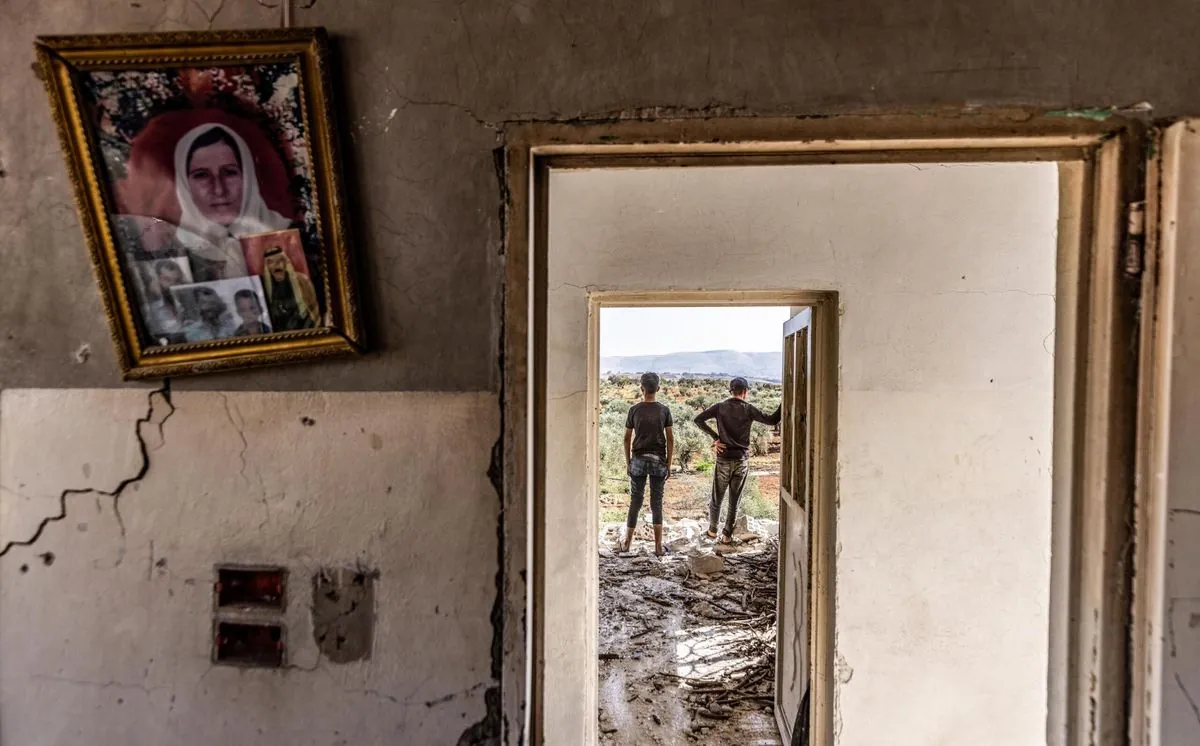The Assad familys iron grip on Syria lasted more than half-a-century leaving behind a trail of horror and devastation. Bashar al-Assad followed his father Hafez footsteps creating one of the worlds most-brutal regimes
The regimes prison system became a black-hole for thousands of Syrian citizens: families couldnt contact their loved-ones‚ and most never came back. A brave military photographer (known as Caesar) exposed the truth by smuggling out photos of nearly 7000 tortured bodies from just five Damascus facilities
Chemical warfare became Assadʼs trademark — he used banned weapons against his own people:
- Sarin gas attack on Ghouta killing 1400+ civilians
- Multiple chlorine attacks in northern villages
- Khan Sheikhoun strike with hidden sarin stockpiles
- Douma incident causing 43 deaths
The regimeʼs conventional attacks were equally devastating — Syrian helicopters dropped makeshift barrel-bombs on residential areas while Russian jets targeted hospitals schools and markets. This forced over 14-million people to run from their homes; half crossed borders while others stayed inside Syria
Assadʼs forces used siege tactics to control rebel-held areas: they blocked food and medicine in eastern-Ghouta and Aleppo forcing people to choose between surrender or one-way trips to Idlib. The UN struggled with aid delivery as the regime kept blocking crucial supplies
Legal experts now see real chances for justice through two paths — national courts using universal-jurisdiction (like Germanyʼs conviction of a torture-center overseer) or ICC prosecution focusing on forced displacement to Jordan. These cases could set important rules for Syriaʼs future leaders
